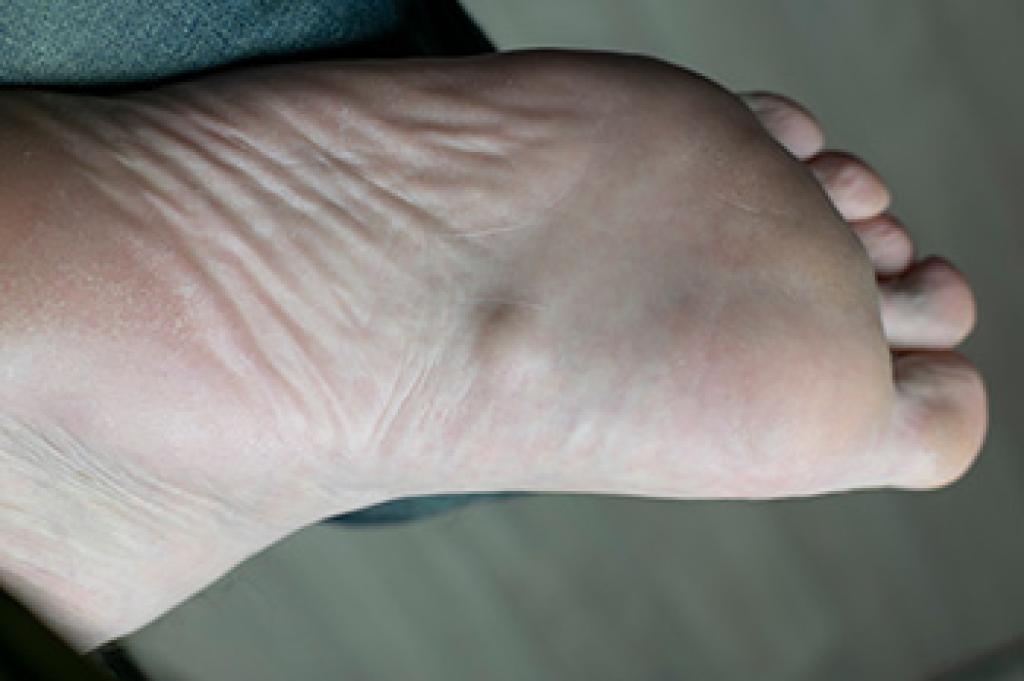
The toes endure daily pressure with every step, which makes them vulnerable to a wide range of injuries and conditions. Sudden trauma, such as stubbing the toe or dropping something heavy on the foot, may result in fractures, sprains, or nail damage. Ongoing stress can cause painful calluses, corns, or ingrown toenails. Over time, structural changes like hammertoes and bunions may develop, leading to discomfort and difficulty wearing certain shoes. Arthritis can also target the joints of the toes, creating stiffness and swelling that interfere with mobility. Even minor toe problems can worsen if overlooked, sometimes leading to more serious complications. Early recognition and proper care are essential in keeping feet healthy and functional. If you experience lasting pain or visible changes in your toes, it is suggested that you schedule a visit with a podiatrist for an expert evaluation and appropriate treatment.
Toe pain can disrupt your daily activities. If you have any concerns, contact one of our podiatrists of Graff Foot, Ankle and Wound Care. Our doctors can provide the care you need to keep you pain-free and on your feet.
What Causes Toe Pain?
Most severe toe pain is caused due to a sports injury, trauma from dropping something heavy on the toe, or bumping into something rigid. Other problems can develop over time for various reasons.
Toe pain can be caused by one or more ailments. The most common include:
- Trauma
- Sports injury
- Wearing shoes that are too tight
- Arthritis
- Gout
- Corns and calluses
- Hammertoe
- Bunions
- Blisters
- Ingrown toenails
- Sprains
- Fractures (broken bones)
- Dislocations
When to See a Podiatrist
- Severe pain
- Persistent pain that lasts more than a week
- Signs of infection
- Continued swelling
- Pain that prevents walking
Diagnosis
In many cases the cause of toe pain is obvious, but in others, a podiatrist may want to use more advanced methods to determine the problem. These can range from simple visual inspections and sensation tests to X-rays and MRI scans. Prior medical history, family medical history, and any recent physical traumatic events will all be taken into consideration for a proper diagnosis.
Treatment
Treatments for toe pain and injuries vary and may include shoe inserts, padding, taping, medicines, injections, and in some cases, surgery. If you believe that you have broken a toe, please see a podiatrist as soon as possible.
If you have any questions please contact our offices located in Plano, Dallas, Prosper, Allen, Garland, Frisco, and Coppell, TX . We offer the newest diagnostic and treatment technologies for all your foot and ankle needs.




